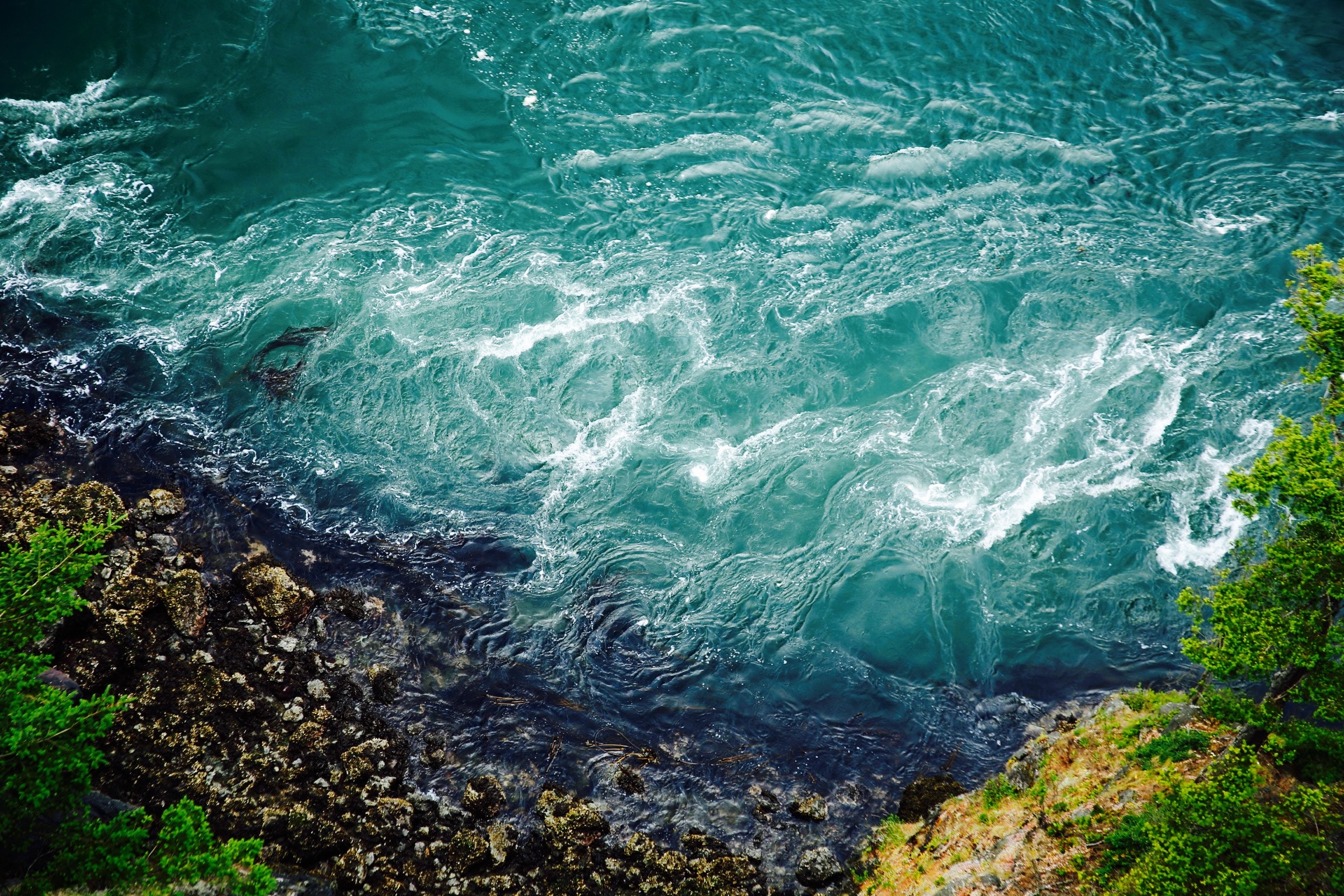Affected Environment, Impacts and Mitigations
Figure 5.1-1 Land Zoned for Agriculture in the Project Area
Figure 5.1-2 Crops Cultivated On and Adjacent to the Project Site
5.2 Land Use, Planning and Policies
Figure 5.2-1 Land Ownership in Relation to the Cadiz Project Facilities
Figure 5.2-2 BLM Multiple-Use Classes and Utility Corridors
Figure 5.3-1 Project Site, Surrounding and Regional Areas
5.4 Topography, Geology, Seismicity and Soils
Figure 5.4-1 Geologic Map of the Project Area, Showing Alternative Water Conveyance Alignments
Figure 5.4-2 Sensitivity of Soils to Disturbance
Figure 5.4-3 Quarternary Fault Zones in Relation to the Project Area
Figure 5.4-4 Generalized Geologic Map of Fenner Gap
Figure 5.4-5 Definitions of Fault Activity
Figure 5.5-2 Major Watersheds of the Eastern Mojave Desert
Figure 5.5-3 Annual Precipitation and Cumulative Departure from Mean Precipitation, Amboy Station
Figure 5.5-5 Comparison of Precipitation Frequency Patterns (Mountainous and Valley Regions)
Figure 5.5-6 Comparison of Average Monthly Evaporation for Amboy and Project Weather Stations
Figure 5.5-7 Wind Data Analysis for Project Weather Station
Figure 5.5-8 Wind Rose for Amboy Weather Station for 1991
Figure 5.5-9 Major Surface Water Drainage Features of the Project Area
Figure 5.5-10 Generalized Aquifer Cross Section from Fenner Valley to Bristol Dry Lake
Figure 5.5-11 Groundwater Elevation Contour Map for Fenner Gap Portion of the Project Area
Figure 5.5-12 Total Dissolved Solids in Groundwater in the Fenner Gap and Bristol Dry Lake Areas
Figure 5.5-13 Location of Mojave National Preserve and Nearby Communities
Figure 5.6-1 Mojave Desert Air Basin and Air Quality Management District
Figure 5.7-1 Transportation Network
Figure 5.7-2 Project-Related Average Daily Traffic
Figure 5.8-1 Plant Community Map
Figure 5.8-2 Desert Tortoise Sign Map
Figure 5.8-3 Wildlife Corridor Movement Map
5.9 Energy and Mineral Resources
Figure 5.9-1 Economic Mineral Resources
Figure 5.9-2 Potential for Locatable Minerals
Figure 5.9-3 Potential for Leasable Minerals
Figure 5.9-4 Potential for Saleable Minerals
Figure 5.9-5 Potential for Energy Geosources
Figure 5.10-1 Gunnery Range and Sonic Bombing Targets 3 and 4
Figure 5.11-1 Typical Ambient Noise Levels
Figure 5.11-2 Noise Measurement Locations
Figure 5.11-3 Potential Blasting Locations
5.13 Utilities and Service Systems
Figure 5.13-1 Railroads and Pipelines in Proximity to the Project Wellfield and Spreading Basins
Figure 5.14-1 Eastern Alternative Photo Key Map
Figure 5.14-2 Eastern Alternative Site Photos
Figure 5.14-3 Western Alternative Photo Key Map
Figure 5.14-4 Western Alternative Site Photos
Figure 5.14-5 Combination Alternative Photo Key Map
Figure 5.14-6 Combination Alternative Site Photos
5.16 Paleontological Resources
Figure 5.16-1 Paleontologic Sensitivity
Figure 5.17-1 Wilderness Areas in the Project Vicinity


